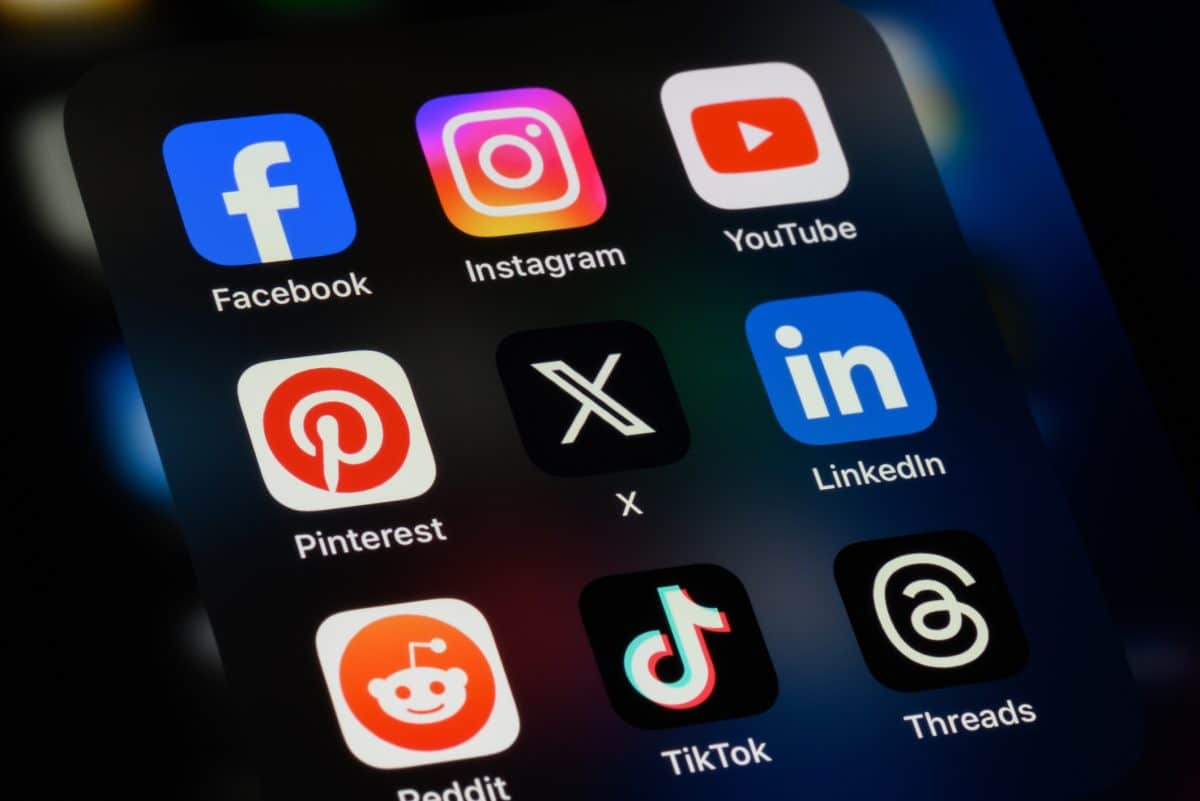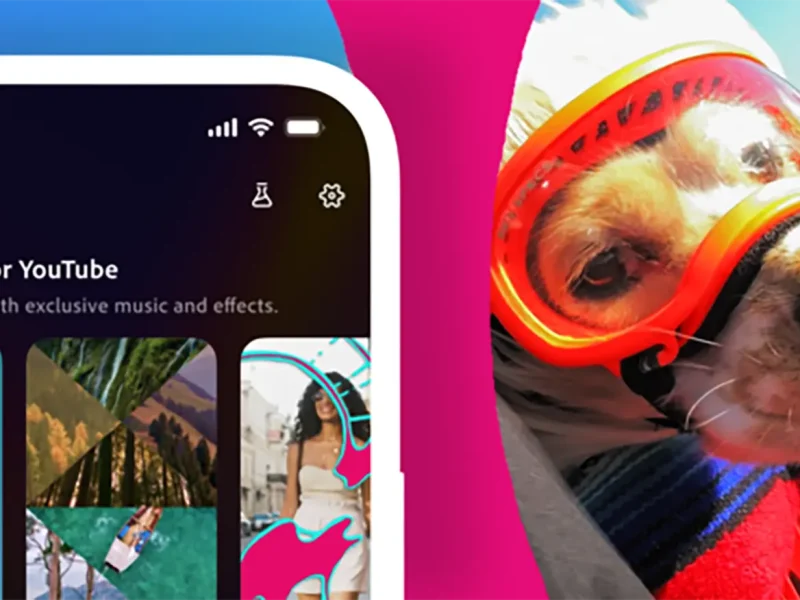Advertising revenue from platforms like YouTube, TikTok, and Instagram is expected to surpass that of traditional media companies this year, according to research. This represents a major cultural change in the media industry. Content created by individual users such as videos, podcasts, and posts will generate more ad income than professionally made content from TV channels, movie studios, and news organizations, the study revealed.
There has been a significant rise in advertising revenue generated by content made by creators, happening alongside a major global shift in how people watch and consume media.
According to a report by WPP Media, content creators are predicted to increase their earnings from ads, brand partnerships, and sponsorships by 20% this year. This amount is expected to more than double, reaching $376.6 billion (£278.3 billion) by 2030.
The analysis notes that in 2025, for the first time, over half of advertising revenue linked to content will come from user-created platforms and material, rather than from professionally produced content.
In practice, the line between user-generated content and professional media is becoming less clear. Many creators produce high-quality work, and WPP Media recognizes that they often collaborate and overlap with traditional media companies.
These findings highlight the fast-paced transformation in global media as audiences increasingly use digital platforms on their smartphones. The report describes this change as having a deep impact on the media landscape.
While individual creators frequently use professional media as a source, their unique perspectives mean that people’s media consumption is becoming more personalized and often centered around specific topics or viewpoints.

The report also suggests that audiences may start to see their buying choices as reflections of their beliefs and opinions, even more so than before, when brand messages were mostly found in professionally made content that was often regulated for neutrality and fact-based information.
Key leaders from television, podcasting, and media have told the Guardian that YouTube has become the main backbone of the media industry, earning a portion of the advertising revenue from the content it hosts. Traditional media outlets are increasingly pressured to upload their content onto the platform.
These major changes have also meant that media outlets that depend on advertising have been struggling to maintain that income, while also cutting costs in other areas. Recently in the UK, ITV has launched a significant overhaul of its daytime TV lineup, putting hundreds of jobs at risk.
Channel 4 has revealed controversial plans to build its own in-house studio to generate new revenue streams. The broadcaster is also heavily investing in placing its content on TikTok and YouTube as part of its effort to attract younger audiences.

Douglas McCabe, CEO of Enders Analysis, said the shift in media consumption toward online platforms represents “a huge cultural shift in a short period of time.”
“Advertising revenue has mirrored that trend,” he added. “With referral traffic from online searches dropping, the journalism industry faces a major challenge,” he said. “Media companies will need to clearly and forcefully communicate the advantages of their approaches and missions.”
Highlighting the scale of the transformation, just five companies Google, Meta, ByteDance (owner of TikTok), Amazon, and Alibaba accounted for 54% of all media revenues last year.




